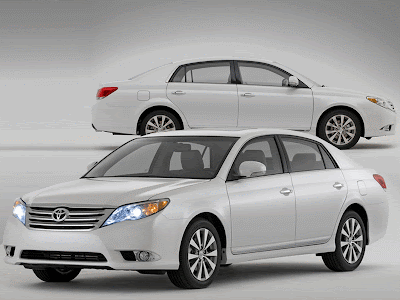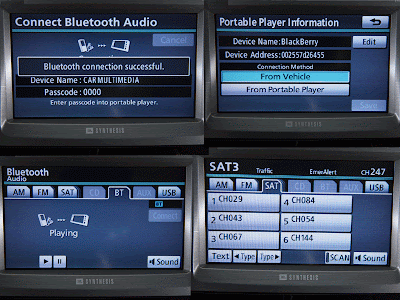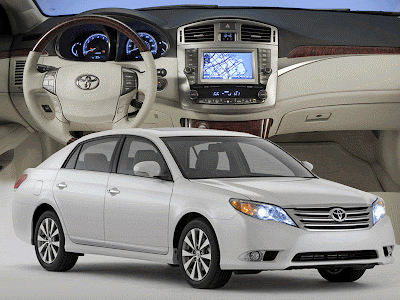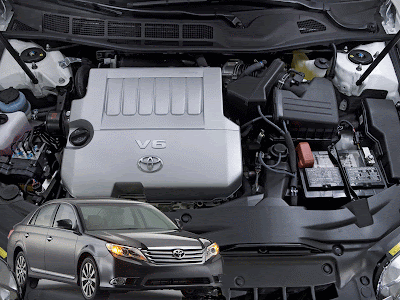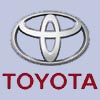
A PHENONEMON of UK sales in recent years has been the growth in the double cab pick-up market. The UK market for all pick ups single to double cab, two-wheel drive to four-wheel drive — grew by a quite amazing 347 per cent between 1998 and the end of 2005. And demand shows no sign of slowing, with sales this year increasing still further.
When you consider that the UK's new car market is around 2.4 million new vehicles each year, the 34,314 pick up sales in the UK last year is really only a drop in the ocean. But the growth potential is not being overlooked by manufacturers, who are busy bringing new, updated and more sophisticated vehicles to market.
Mitsubishi is the clear market leader in this sector with 80 per cent of its sales being for high-value, technically-advanced double cabs used as alternatives to 4x4s and SUVs. They have found favour not only with private buyers but, because of the personal tax and VAT reclaim advantages that apply to commercial vehicles, company car 'user choosers' and businesses have all climbed on the bandwagon.
Nissan and Isuzu have also updated their model ranges and Ford will be launching their larger and more powerful pick-up Ranger models soon.
Toyota, not to be left out, and once the market leader for UK pick-up sales, has recently introduced its sixth-generation Hilux. Like its competitors, the Hilux is available in single and double cab forms with two- and four-wheel drive options, depending on which model is chosen.
The
Hilux has a worldwide reputation for ruggedness and can be found in virtually every corner of the world from Alaska to the Sahara to the Australian outback. The Hilux is sold in 164 different markets worldwide and, with more than 12 million sales to date, it ranks as Toyota's second best-selling model behind the Corolla.
The latest Hilux is considerably larger than previous models not least of all in its length, which has increased by nearly a foot. The extra inches are mostly in the wheelbase and provide more interior space, a better ride and improved passenger comfort. However, where it matters most in the load bed. The capacity has been increased by 25 per cent for single cab models and 30 per cent for double cabs.
One of the biggest complaints about the new Mitsubishi L200 double cab models is their smaller load bed. And whilst it still appeals to recreational users, it does not have the appeal it once enjoyed with commercial users where load space is the priority.
The new Hilux models have a new ladder frame chassis which is forty-five per cent stiffer than the previous models. They also have better aerodynamics and much more modern styling. Like the Mitsubishi and Nissan, the new Toyota Hilux has a much roomier interior, plenty of storage space including very handy compartments under the rear seat, that tips up for access and a car like specification. The double cab has four passenger doors and seating for five passengers. It has car-style controls, including an easier to use central handbrake. The only real shortfall for the Hilux over the L200 and Nissan Navara is that the middle passenger in the rear seat only has a lap seatbelt other competitors have a full three-point belt. Neither does the Hilux provide a height-adjustable driver's seat.
The Hilux double cab is available with three grades of specification but all models have air conditioning, electric windows and remote control central locking. ABS braking and driver and front passenger airbags are also standard fit. The sound system varies between each specification.
In the technical department, the Hilux has a new double wishbone
front suspension which improves the road handling characteristics.
The rear suspension still has leaf springs for durability and to allow for heavy loads to be carried. But this does mean a rather harsh ride for passengers, especially when the vehicle is unladen.
However, the Hilux scores heavily over the L200 because all models have a rear differential lock a 'must' for those venturing off-road, especially if the vehicle is being used for towing because four-wheel drive is no good if you lose traction through the rear wheels. For vehicles such as these having a differential lock is, I believe, essential.
Usefully, the shift from two- to four-wheel drive and back to two-wheel drive can be performed easily whilst on the move.
The most disappointing element of the Hilux is the 2.5-litre D-4D common-rail direct injection turbodiesel engine. The 4-cylinder's power output of just 101bhp is simply not in keeping with what other manufacturers are offering these days, when up to 160bhp is quite normal. The torque output of 192lb ft for four-wheel drive models available from 1,600rpm is acceptable, the Hilux pulling well and driving with flexibility at low speeds.
Once on open roads, though, it delivers a lacklustre performance. As
it is a commercial vehicle Toyota in common with some other manufacturers do not publish official performance figures but top speed is around 100mph, 0-60mph takes 18.2 seconds and fuel consumption on the combined cycle is 34mpg. Help is at hand in the form of the power boost kits just introduced by Owen Developments.
Owen Developments are specialists at getting more safe and useable power out of petrol and diesel engines, and are the brains behind similar power upgrades for Mitsubishi products everything from Lancer Evolutions to L200 pick-ups. The new Owen Developments power upgrade for the Hilux's 2.5-litre diesel engine will boost the out-put from 101 to 120bhp, and it increases the torque as well. The kit costs £525 plus VAT, according to their latest press releases. I have driven both the L200 and Isuzu pick-ups fitted with these power upgrades and they really are excellent.
So, while the Hilux may lose out to the L200 and Nissan Navara as far as performance goes, where it matters in practical load area carry-ing space the Hilux is the winner. The load bed is wider and longer (now a few millimetres under six feet) than previous Hilux models and the sides are deeper. The payload is 1,085kg with a braked towing capacity of 2,250kg. It will also wade through 27.5-inch deep water that's mid-thigh for most people!
On-the-road vehicle prices (excluding VAT, as the Hilux is a commercial vehicle) start from £12,145 and range up to £17,245. My test model, the Hilux double cab 4WD in HL3 specification costs £15,745, making it pretty good value for money.
With slightly better engine performance it would give its L200 and Navara competitors a more serious run for their money. I gather that Toyota already have the power issue in hand and a more powerful engine option will be offered fairly soon, which should take care of that. Minus points are few, just the lack of driver's seat height adjust-ment and a rather harsh unladen ride.
On the plus side the Hilux has likeable, conservative styling, it's pleasant to drive and scores with its good interior passenger space and large load area. Standard equipment includes power front windows, electrically-adjustable and heated door mirrors, air conditioning, power steering, ABS, front airbags, tilt-adjustable steering wheel, CD/MP3 player, velour upholstery and 15-inch alloy wheels. Expect to see more of them soon on driveways near you.











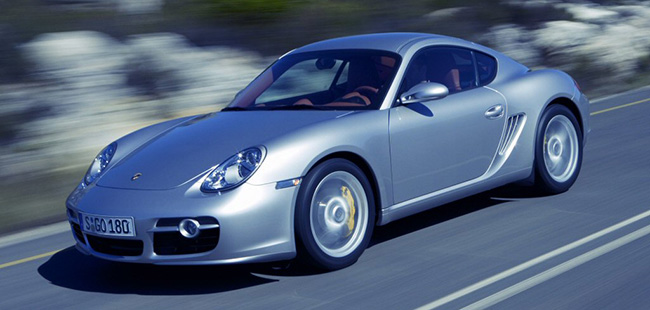







 A PHENONEMON of UK sales in recent years has been the growth in the double cab pick-up market. The UK market for all pick ups single to double cab, two-wheel drive to four-wheel drive — grew by a quite amazing 347 per cent between 1998 and the end of 2005. And demand shows no sign of slowing, with sales this year increasing still further.
A PHENONEMON of UK sales in recent years has been the growth in the double cab pick-up market. The UK market for all pick ups single to double cab, two-wheel drive to four-wheel drive — grew by a quite amazing 347 per cent between 1998 and the end of 2005. And demand shows no sign of slowing, with sales this year increasing still further. toyota cars
toyota cars toyota cars
toyota cars toyota cars
toyota cars toyota cars
toyota cars toyota cars
toyota cars



